In dialogue with the series Vision of the Invisible by Giovanna Magri
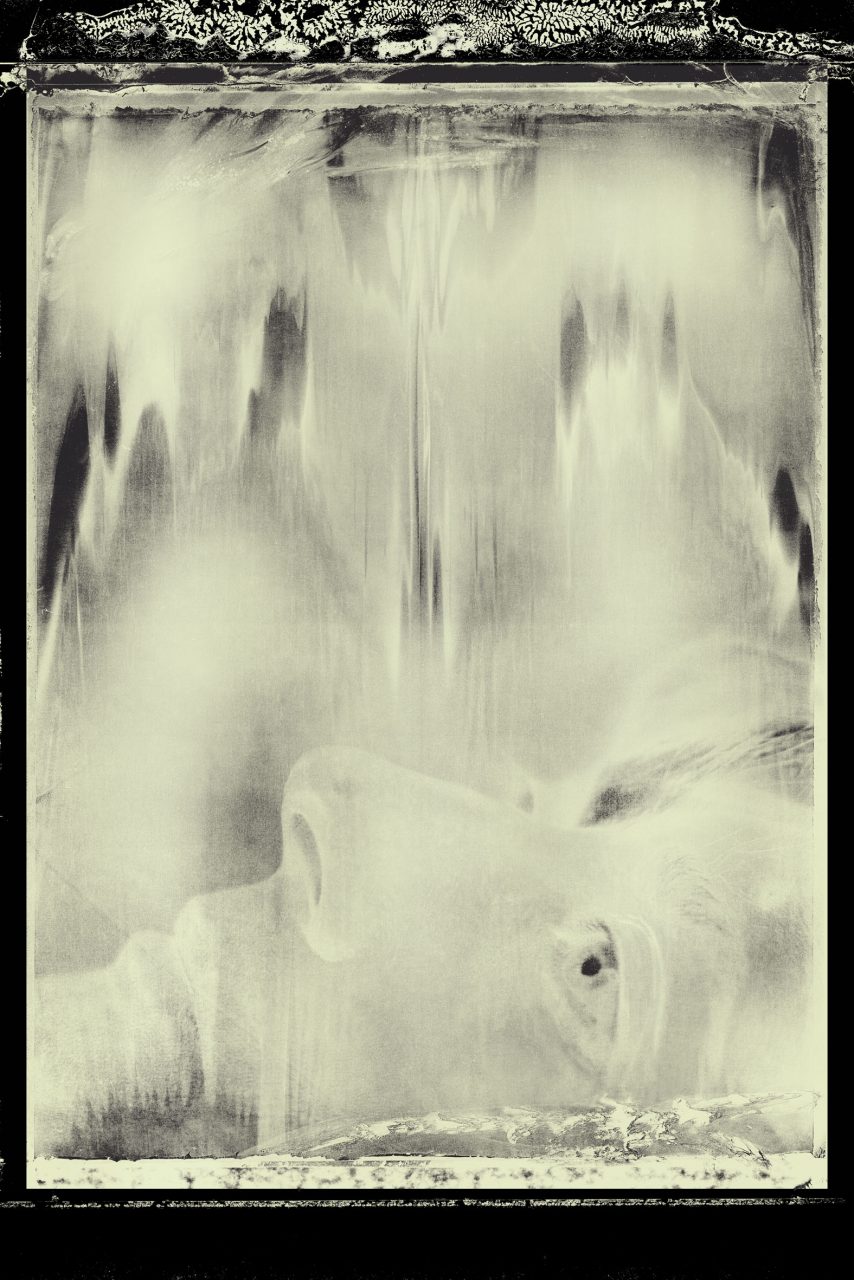
Impending apocalypse is a cultural, personal, and collective narrative that often surfaces in times of crisis. Facing an unknown future brings uncertainty and feelings of anxiety. As a result of the ongoing COVID-19 pandemic, the times we are living through are often described as apocalyptic. The struggle of humanity against both the coronavirus and the approaching climate crisis is an attempt to prevent the possibility of a catastrophic future.1 No wonder, then, that this is a time of hopelessness, uncertainty, and anxiety.
Paul Tillich proposes a distinction between three anxieties that arise from the very fact of being human, and the pandemic has confronted us with all three—the anxiety of fate and death, the anxiety of emptiness and meaninglessness, and the anxiety of conscience and guilt.2 According to Tillich, the anxiety of fate and death overshadows all other anxieties, and is characterized by a sense of arbitrariness, horror of the unexpected, and the inability to find meaning and logic in the world.
Extreme situations also trigger the anxiety of emptiness and meaninglessness. In our daily lives, we do not often find ourselves stopping to ask the big questions about the meaning of existence. Typically, our routines are characterized by the mechanical actions of life, as described by Albert Camus in his book The Myth Of Sisyphus, in the midst of which, “one day the ‘why’ arises and everything begins in that weariness tinged with amazement.”3 In extreme situations, we are given the opportunity to deal with questions about the meaning of our private and collective lives. These questions, which have us tossing between anxiety and hope, are described by Camus as our way of dealing with existential absurdity.4 For him, the sense of the absurd grows out of man’s relationship with the world, with man’s demand for rationality butting up against the world’s lack thereof.
We experience the feeling of impending apocalypse mainly in times of crisis, but at its core, the end-of-time narrative is deeply rooted in Judeo-Christian culture. In this article, we will look at the apocalyptic narrative and its cultural roots while examining the culturally-codified emotions that accompany the narrative, such as anxiety and uncertainty. We will also look for the hope embedded in this narrative by analyzing two texts from the apocalyptic literary genre, the novels Blindness and Death With Interruptions by the Portuguese author José Saramago. By delving into the idea of the end of time through imaginary crises, the apocalyptic literary genre invites us to critically observe our lives through a range of political, cultural, and social lenses. As in all great literature, amidst the sense of anxiety and dread, the reader is also invited to look for hope between the lines.
The Origins of the Apocalyptic Narrative
In Western, Judeo-Christian thought, time has a beginning: “In the beginning God created the heaven and the earth,” (Genesis 1:1) and an end: “And it shall come to pass in the last days” (Isaiah 2:2). Linear biblical time is irreversible, and continues inexorably toward the final event, the establishment of the Kingdom of Heaven.5 The prophets promise us that we have a deciding influence on this end: “For if ye thoroughly amend your ways and your doings… Then will I cause you to dwell in this place, in the land that I gave to your fathers, for ever and ever” (Jeremiah 7:5-7). Man, in the Bible, finds himself within the stream of time, at any moment of which he may be subjected to the test of whether or not he succeeds in living up to God’s will.6
The “last days” spoken of by the prophet Isaiah mark the end of time. The first verse of Genesis lays the foundation for that end—if there is a genesis, there must be an apocalypse. The Bible’s linear perception of time leads from the creation to the end of days, and it is along this timeline that history runs its course.7 Time continues, generation after generation, event after event, until the present moment, from which there stretches a direct, continuous line toward the end point—the last days, the Apocalypse.8 The prophets of Israel had much to say about the end of days, and about its dependence upon the conduct of the community and the nation: “This is what the Lord says: Restrain your voice from weeping and your eyes from tears, for your work will be rewarded, declares the Lord. They will return from the land of the enemy” (Jeremiah 31:16).
This belief in the end of days penetrated Christianity mainly through the Book of Revelations, the Apocalypse of John, which, heavily influenced by the apocalyptic revelations of Daniel, became a kind of model for all of the visionary revelations that came after it: “And he said, Behold, I will make thee know what shall be in the last end of the indignation: for at the time appointed the end shall be” (Daniel 8:19). The things described in Daniel’s revelation became cornerstones of historical perception in Western culture. The Book of Daniel was written soon after the destruction of the Second Temple,9 and some believe that it reflects a despair and a loss of faith in daily religious observance regarding the redemption of the individual and the world.10
Saint Augustine was the one to adjust the Judaic model of history and time to fit Christianity.11 He defined internal, experiential time and identified the past with historic memory, while identifying the future with expectation. According to Augustine, human civilization is consistently advancing and developing.12 After all, the Christian view of humankind sees its beginning in the fall, its original sin in the Garden of Eden, and its end in the final salvation.
Western history, too—at least in Western liturgical writings—has a beginning and an end.13 The story of humanity’s origins, as it is told in the West, assumes the existence of progress and development—in other words, an upwards trajectory, as expressed by the arrow of Biblical time.14 This linear conception of history and its division into segments, which follow one another as they get closer and closer to the end, has become dominant in all of the cultural domains that rely on the Bible as the cornerstone of their world view.15 Although human existence is in fact an encounter with time, and with human actions within time, Western civilization, unlike other cultures, has high expectations of its time.16
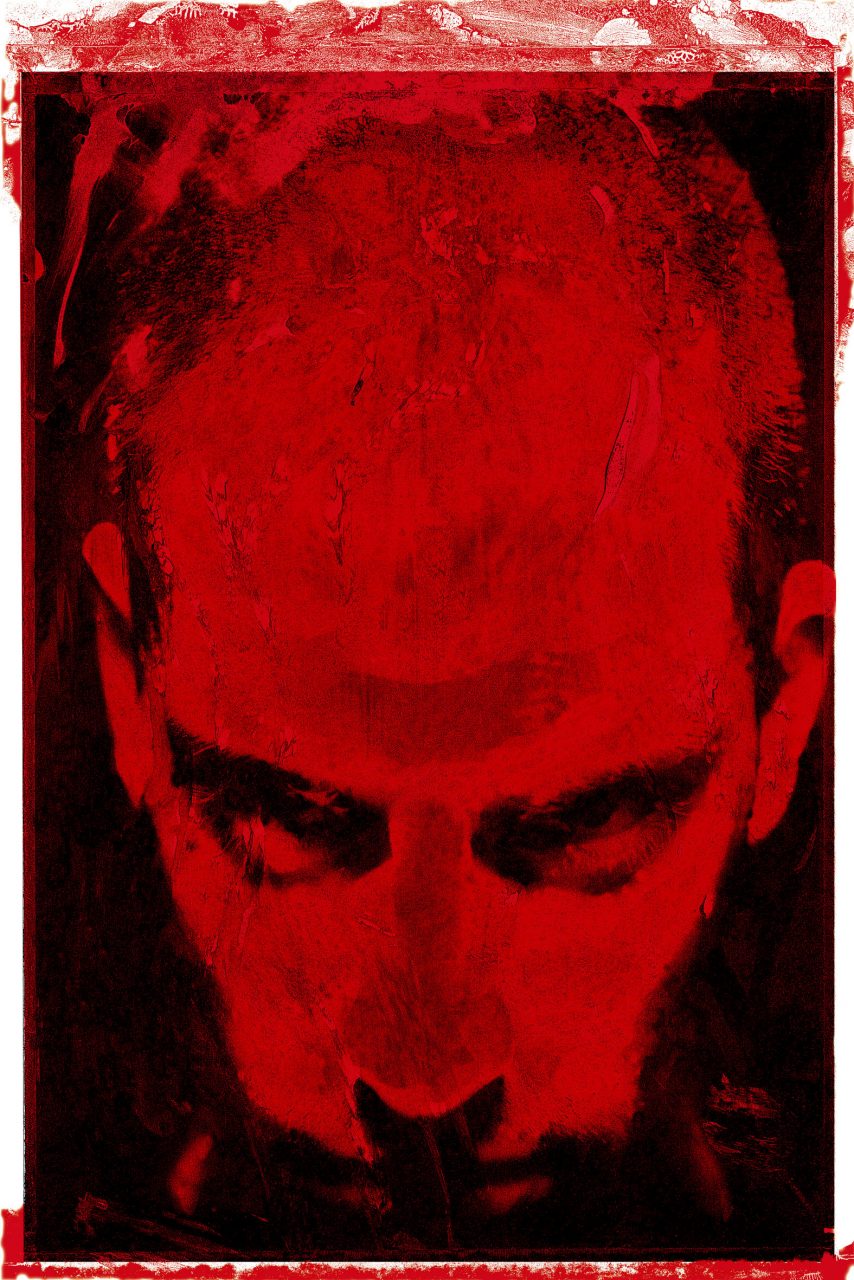
Apocalypse now in the Work of José Saramago
Many literary works of the apocalyptic genre allow our imaginations to picture human life in the extreme conditions of either impending or unfolding catastrophe. The reading experience brings us into states of anxiety that lead us to explore profound questions about our fragile existence. Alongside the anxiety, however, many such works also contain a measure of hope. Literature, claims Michael Keren, is not beholden to objectivity or to presenting us with a thorough and accurate image of reality, but invites us to engage in a fruitful dialogue between itself and scholarly thought.17 The two novels by Saramago that we will examine posit different apocalyptic situations caused by and reflecting human anxiety, while also examining the hope they contain.
Blindness
Jose Saramago’s novel Blindness effectively ushers the reader into an end-of-days atmosphere.17 As, one by one, people in the novel go blind, we get the sense that humanity is being punished. And yet no external force is responsible for this punishment—unlike the Biblical story of the flood, for example: “The Lord saw how great the wickedness of the human race had become on the earth… So the Lord said, “I will wipe from the face of the earth the human race I have created” (Genesis 6:5-8). In Saramago’s novel, the disease is internal and contagious, the product of systemic failure.
Saramago follows the disintegration of civilization toward a “natural state,”19 in which people lose their humanity.20 The reason for the rapidly spreading blindness is not clear, yet it is difficult not to attribute it to humanity’s degraded moral state. The doctor’s wife, the novel’s protagonist, chooses to pretend to be blind and follows her husband into a quarantine installation. There, she becomes the leader of a group of blind people, because she feels “the responsibility of having my eyesight when others have lost theirs” (252). Through the metaphor of sight, Saramago calls upon us to look at things honestly and critically, even when we feel like the doctor’s wife: “If only you could see what I am obliged to see, you would want to be blind” (133). Those who “see” the state of humanity may suffer, but it is their moral duty to put their sight to use in the service of others. As Camus proclaims in his speech about the responsibility of the writer, “the writer’s role is not free from difficult duties… he will accept to the limit of his abilities the two tasks that constitute the greatness of his craft: the service of truth and the service of liberty.”21 Chomsky too sees critical insight as the moral duty of the writer: “The responsibility of the writer as a moral agent is to try to bring the truth about matters of human significance to an audience that can do something about them.”22
The characters in Blindness can no longer trust the information they receive; however, quarantine seems to be the only way of stopping the disease from spreading. The blind are held in an old mental asylum, which makes us think of Foucault’s argument that the purpose of imprisonment is to remove scandal from public view in order to maintain the social order.23 Similar claims can be found in the analysis Giorgio Agamben has written on the subject of the COVID-19 pandemic.24 He uses biopolitical theory to describe the mandates for social distancing, data collection technology, and lockdowns as means of breaching the body’s autonomy, our private spaces, and the basic principles of democratic civil society.
In Blindness, Saramago issues a scathing criticism of the political, religious, and media establishments. The representatives of these institutions do nothing but talk, without actually taking action to save humanity. As one character puts it, it is “a government of the blind trying to rule the blind, that is to say, nothingness trying to organize nothingness” (225). On the other hand, even though she is powerless to change the circumstances, the doctor’s wife takes responsibility within the limited arena in which she is able to act. She manages to maintain her moral integrity throughout the book—not unlike the doctor in Camus’ The Plague25—out of a deep humanism that urges her to uphold her morality even in a world of wild absurdity. It is a morality motivated by an instinctual drive, a fundamental moral decree that we must uphold even when we cannot hope to effectively change the world.26
It is possible to say that the doctor’s wife retains her sight because she is not paralyzed by anxiety. Anxiety and fear are one of the causes of blindness, and Saramago paints them as the root causes of humanity’s great mistakes. It is fear, for example, that causes an army soldier to open fire on a blind internee: “Fear made the soldier’s blood freeze, and fear drove him to aim his weapon and release a blast of gunfire at close range” (75). The doctor’s wife does not go blind because she is not afraid. She kills the rapist who terrorizes the women in the ward, not because it is easy but because “someone had to do it, and there was no one else” (193). Anxiety is blinding, whereas the courage to face the situation and take action is the source of hope. Otherwise, “we are blind, blind but seeing, blind people who can see, but do not see” (326). Only when the group organizes as a community based upon mutual trust and cooperation does vision return.
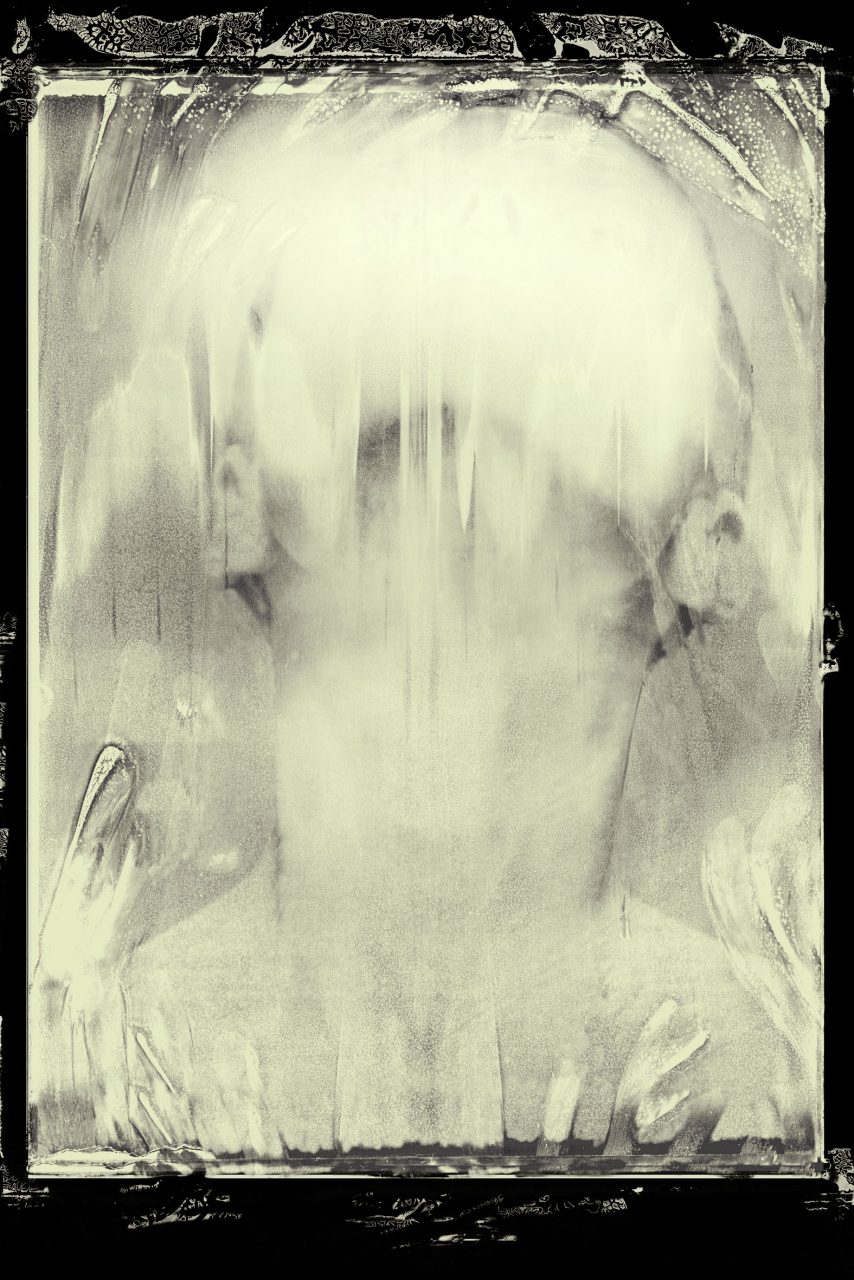
Death With Interruptions
It is the first of January and throughout the small country in which Death With Interruptions takes place, no one has died—not from disease, not from accident, not even from old age. There are wounded of course—sick people, people in comas—but they remain alive, hanging on even if only by a thread. Days go by and people still refuse to die, as if “parca’s creaking scissors,” which snip the thread of life, have given up their daily task.27 Fear of death is considered humanity’s greatest anxiety and cause of suffering,28 and so, at the beginning of the novel, when it seems that humanity has finally achieved its greatest desire—to overcome the arbitrary tyranny of death—and immortality is available equally to all, a great gift seems to have been bestowed on mankind. Of course, the elation does not last long. The death crisis—i.e., the end of the freedom to die—turns out to be an even worse form of tyranny.
Death With Interruptions is a vehicle for Saramago to criticize and ridicule societal institutions. He criticizes the church for fearing the new situation because “without death there is no resurrection, and without resurrection there is no church” (11). He criticizes the press for issuing sensational headlines—”some dramatic, some lyrical and others almost philosophical or mystical”—about the “New Life” (14). Modern nationalism is likewise ridiculed and caricaturized—overcome by patriotic fervour, the masses rush to hang up the national flag from their windows because their country is the first to have defeated death (25). Relatives who try to help their loved ones pass away are forced to smuggle them across the border to die a natural death, which immediately raises a moral question as to whether this is a natural phenomenon or murder (41–42). As always, there are those who profit from the situation. In this case it is the mafia (32), and the government cooperates with the mob because they have no choice but to find someone to do the dirty work for them (56).
In this work, Saramago presents existential absurdity in all its glory—people fear death as the obstacle to happiness, but happiness, as it turns out, is conditioned upon the fact that each and every one of us is certain to die. When the equilibrium is disturbed, happiness dissipates and we are left with the insight that death is a natural and normal part of human existence (86).
Death itself appears in the form of a woman, who informs the CEO of the national television network that she has stopped killing in order to give the people who despise her a small demonstration of what will happen if they live forever. Nevertheless, Death admits that she had been going about her job rather crudely, without giving early notice to the dying and without allowing people to prepare for their departure. Although in many cases disease was sent to pave the way, Death argues that disease never manages to extinguish hope. As much pain and anxiety as it may cause, human beings always hope to survive. To eliminate any further misunderstanding, Death decides to start sending out handwritten notifications of death via the postal service (65–66).
Despite her promises, Death fails to deliver a letter announcing the impending demise of a cellist. To amend the situation, she asks her scythe to replace her for a week and sets off on vacation in the form of a beautiful woman, “transformed into the species of which she is the enemy” (121). As things unfold, Death falls in love with the cellist. Hope is to be found in love, which transcends time and space: “If I have the gift of prophecy and can fathom all mysteries and all knowledge, and if I have a faith that can move mountains, but do not have love, I am nothing. […] Love is patient, love is kind. […] It always protects, always trusts, always hopes, always perseveres. Love never fails” (1 Corinthians 13:2–8).
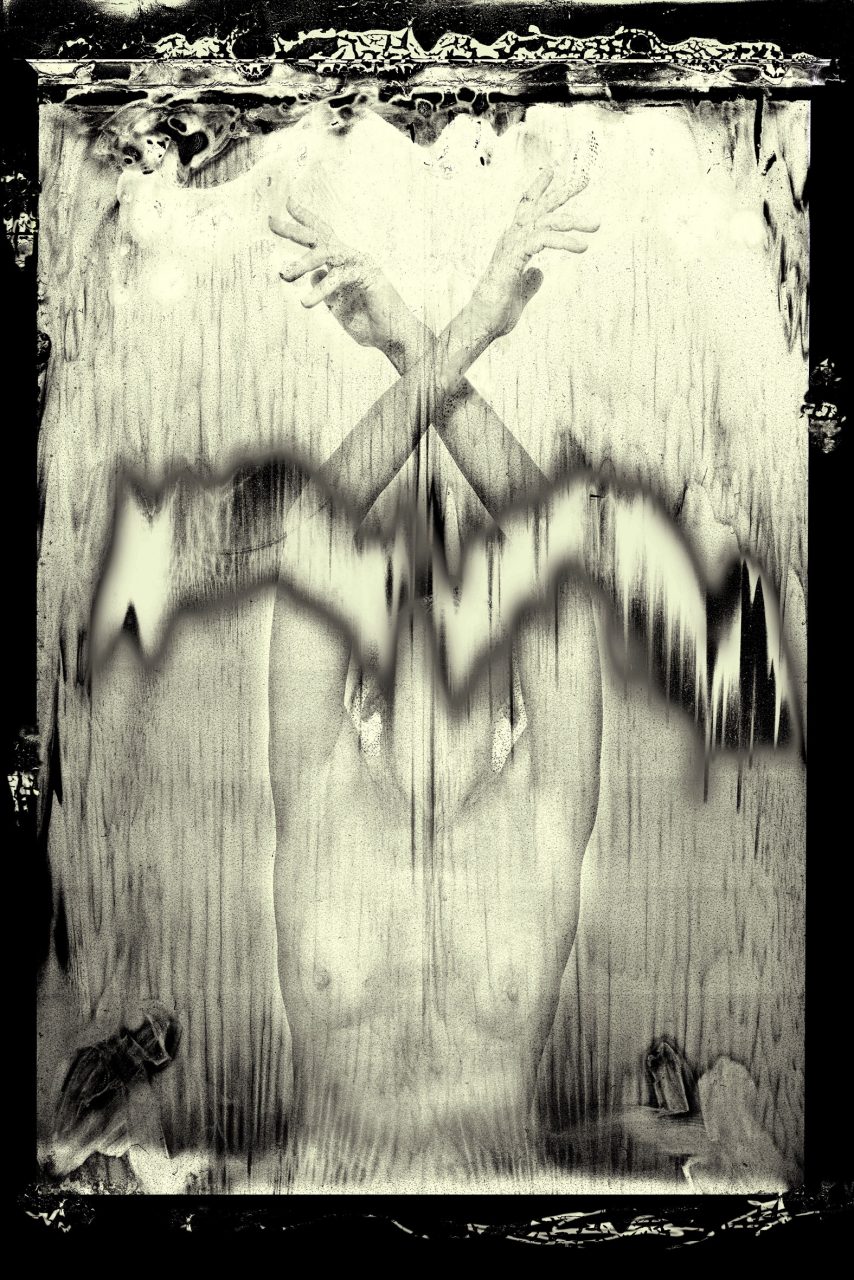
Saramago, Camus and the Cosmic Absurd
Anxiety and hope are intertwined in Saramago’s two apocalyptic works, Blindness and Death With Interruptions. This is the existentialist motif through which Saramago depicts human existence within society. Humanity, argues Albert Camus, is steeped in both anxiety and hope, because the value to which man aspires is constantly in danger.29
The awakenings that take place in Saramago’s works occur as a result of great catastrophes, of life on the brink of the Apocalypse. A blindness epidemic paradoxically leads the heroes of the novel Blindness to true vision. A group of blind people embarks upon a journey of contemplation toward a natural, moral, and authentic place where great hope for true social change can be born. This enables them to create a new social covenant under the guidance of compassionate and empathetic female leadership. In Death With Interruptions, the Apocalypse seems at first to be salvation. Humanity experiences a sort of resurrection of the dead, the establishment of a heaven on earth, eternal life. However, the disruption of the natural order turns out to be disastrous, and the population yearns to go back to the mortality they so desperately hoped to escape. “I come at last to death and to the attitude we have toward it…. The horror comes in reality from the mathematical aspect of the event. If time frightens us, this is because it works out the problem and the solution comes afterward,” states Camus in The Myth of Sisyphus.30 Nevertheless, it is a human being’s prerogative to determine their place in relation to time: “He belongs to time, and by the horror that seizes him, he recognizes his worst enemy.”31
Standing before the world, man seeks to understand it and is seized with anxiety at the absurdity of existence: “That nostalgia for unity, that appetite for the absolute illustrates the essential impulse of the human drama.”32 Saramago uses blindness as a doomed attempt to eliminate anxiety, just as he does with the conceit of eternal life. But it is clear from these two works, as it stems from Camus’ understanding of the existential absurd, that the elimination of anxiety is also the elimination of hope. Anxiety and hope are twins in the same way as Nietzsche describes happiness and suffering.33 They appear together, and both are byproducts of the affirmation of life and its activity.34
Human thought follows cultural patterns that we have assimilated, and of which we are often unaware. These patterns include the fear of death, the fear of disease, and our “blindness” to the many means of control by which we are subjugated. Only a deep understanding that goes beyond culturally-conditioned patterns “makes of fate a human matter, which must be settled among men.”35 That is to say, human existence is not a static condition. Man is pure activity, an indefinite event in time.36
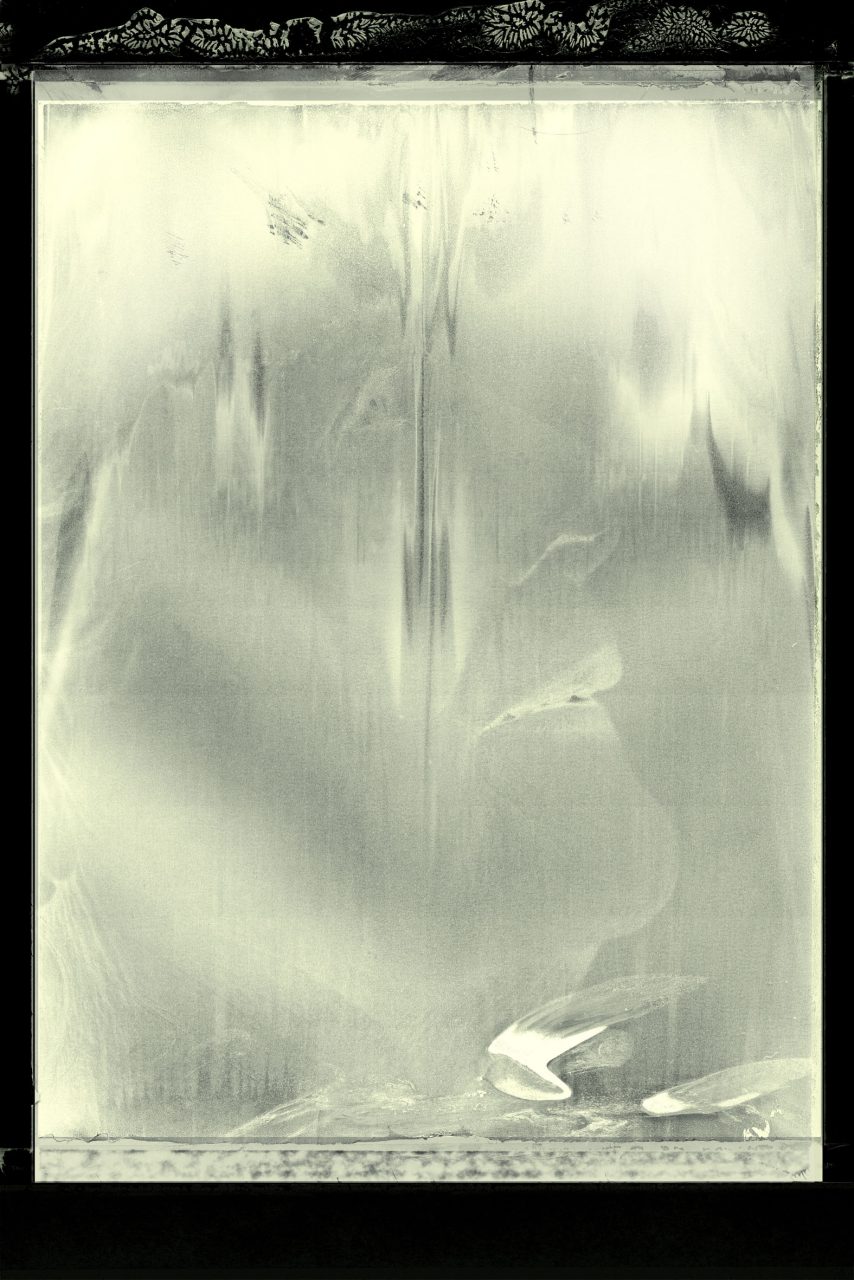
- Lebovic, “BiopoliticalTimes: The Plague and the Plea”.
- Tillich, The Courage To Be, p. 35-38.
- Camus, The Myth of Sisyphus.
- Ibid.
- Leibowitz, Faith, History And Values.
- Rauch, Faith And Revolution: The Philosophy Of History, p. 10-11.
- Dan, The Apocalypse Then And Now, p. 19.
- Zeligman, Studies In Biblical Literature, p. 102–103.
- Flusser, Jesus, p. 131–132.
- Dan, The Apocalypse, p. 38.
- Augustin, The Confessions of Saint Augustin.
- Russell, “St. Augustine’s Philosophy And Theology,” p. 353–354.
- Bloch, The Historian’s Craft, p. 5-6.
- Carr, What Is History?, p.109-113.
- Dan, The Apocalypse, p. 265-308.
- Bloch, The Historian’s Craft, p. 5-6.
- Keren, Political Literature In The Twentieth Century, p.12–13.
- Saramago, Blindness.
- Keren, Politics And Literature, p. 29–32.
- Keren, Reality And Fiction At The Turn Of The Millennium, p. 80–81.
- Camus, Nobel Lectures, Literature 1901-1967.
- Chomsky, Power And Prospects: Reflections On Nature And The Social Order, p. 72.
- Foucault, Madness And Civilization: A History Of Insanity In The Age of Reason.
- Agamben, “L’invenzione di un’epidemia,” in Quodlibet, 26 February 2020.
- Camus, The Plague.
- Ohana, A Humanist In The Sun: Camus’ Mediterranean Inspiration, p. 22–53.
- Saramago, Death With Interruptions.
- Tillich, The Courage To Be.
- Kovacs, The Search For Meaning In Albert Camus, p. 121-122.
- Camus, The Myth of Sisyphus.
- Ibid.
- Ibid.
- Nietzsche, The Gay Science.
- Eylon, Self-Creation: Life, Man And Art According To Nietzsche, p. 170.
- Camus, The Myth of Sisyphus.
- Golomb, Introduction To Existentialist Philosophy, p. 46.
Bibliography
Agamben, Giorgio. “L’invenzione di un’epidemia.” Quodlibet, Feb. 26, 2020.
Augustine. The Confessions of St. Augustine. Trans. J. G. Pilkington. New York: International Collectors Library, 1950.
Bloch, Marc. The Historian’s Craft. Traduction Peter Putnam. Manchester: Manchester University Press, 1992.
Camus, Albert. The Plague. Trans. Stuart Gilbert. New York: Modern Library, 1948.
Camus, Albert. “Camus – Nobel Banquet Speech.” Nobel Lectures, Literature 1901-1967. Ed. Horst Frenz. Amsterdam: Elsevier Publishing Company, 1969.
Camus, Albert. The Myth of Sisyphus. Trans. Justin O’Brien. New York: Vintage Books, 1991.
Carr, Edward Hallett. What is History? Ed. R. W. Davies. New York, London: Penguin Books, 1987.
Chomsky, Noam. Power and Prospects: Reflections on Nature and the Social Order. Chicago: Haymarket Books, 1996.
Dan, Yossef. The Apocalypse Then and Now. Herzelia: Yediot Ahronot Press and Hemed Books, 2000. [Hebrew]
Eylon, Eli. Self-creation: Life, Man and Art According to Nietzsche. Jerusalem: Magnes Press, 2005. [Hebrew]
Flusser, David. Jesus. Jerusalem: Magnes Press and Zmora Bitan, 2009. [Hebrew]
Foucault, Michel. Madness and Civilization: A History of Insanity in the Age of Reason. Trans. Richard Howard. New York: Vintage Books, 1988 [1965].
Golomb, Jacob. Introduction to Existentialist Philosophy. Tel Aviv: Ministry of Defense Press, 1990. [Hebrew]
Keren, Michael. Political Literature in the Twentieth Century. Tel Aviv: Ministry of Defense Press, 1999. [Hebrew]
Keren, Michael. Reality and Fiction at the Turn of the Millennium. Tel Aviv: Ministry of Defense Press, 2007. [Hebrew]
Keren, Michael. Politics and Literature. University of Calgary Press, 2015.
Kovacs, George. The Search for Meaning in Albert Camus. Florida International University Press, 1987, p. 121-139.
Lebovic, Nitzan. “Biopolitical Times: The Plague and the Plea.” boundary2, Mar. 30, 2020.
Leibowitz, Yeshayahu. Faith, History and Values. Jerusalem: Academon, 2002. [Hebrew]
Nietzsche, Friedrich. The Gay Science. Trans. Walter Kaufman. New York: Vintage Books, 1974.
Ohana, David. A Humanist in the Sun: Camus’ Mediterranean Inspiration. Jerusalem: Carmel Press, 2000. [Hebrew]
Rauch, Leo. Faith and Revolution: The Philosophy of History. Tel Aviv: Yahdav Press, 1978. [Hebrew]
Russell, Bertrand. “St Augustine’s Philosophy and Theology.” In History of Western Philosophy, Book II, p. 329–340. London and New York: Routledge Classics, 2004.
Saramago, José. Blindness. Trans. Giovanni Pontiero. San Diego, New York, London: Harcourt Inc., 1997.
Saramago, José. Death with Interruptions. Trans. Margaret Jull Costa. New York: Houghton Mifflin Harcourt, 2008.
Tillich, Paul. The Courage To Be. New Haven: Yale University Press, 1952.
Zeligman, Yitzhak Arieh. Studies in Biblical Literature. Jerusalem: Hebrew University Press, 1992. [Hebrew]
Bina Nir is the Head of the Department of Multidisciplinary Studies and director of the Honors B.A. programme at Yezreel Valley College. Her research focuses on the interface of Western religions and contemporary cultures, specifically the genealogies of cultural constructs rooted in the Western religions.
Giovanna Magri is a photographer working in Italy and France. She has worked in the domains of advertising, still-life, portraiture, food and architecture. She is a lecturer at the LABA Academy of Fine Arts in Brescia. Her work is part of public and private collections, and has been presented in the USA, Argentina and Europe in private galleries, public institutions, as well as several art fairs and festivals.
Bina Nir is the Head of the Department of Multidisciplinary Studies and director of the Honors B.A. programme at Yezreel Valley College. Her research focuses on the interface of Western religions and contemporary cultures, specifically the genealogies of cultural constructs rooted in the Western religions.
Giovanna Magri is a photographer working in Italy and France. She has worked in the domains of advertising, still-life, portraiture, food and architecture. She is a lecturer at the LABA Academy of Fine Arts in Brescia. Her work is part of public and private collections, and has been presented in the USA, Argentina and Europe in private galleries, public institutions, as well as several art fairs and festivals.
